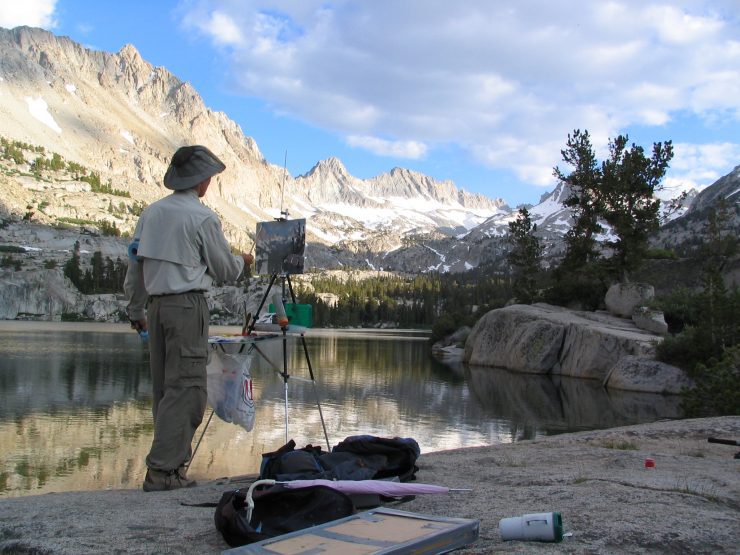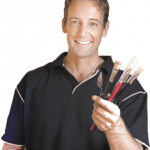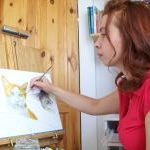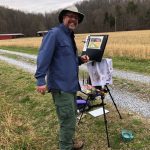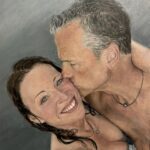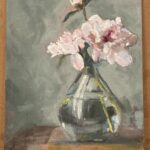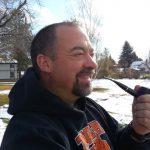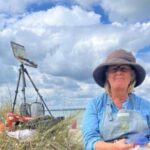(Get free painting tips and plein air painting techniques sent straight to your inbox or on my social media.)
I have embraced plein air painting from the first moment I discovered it, and I encourage all artists, no matter what subject matter you prefer to paint, to try it at least once. Plein air painting for beginners can be really challenging and intimidating, so I want to help remove some of problems and issues so that you can go out and enjoy the experience as much as I do.
I also think it is important to learn how plein air painting came into being, so you can appreciate all the technologic breakthroughs and growth of the genre of painting plein air that brought us to the current situation. We now have access to all kinds of supplies and equipment that make life much easier for those us who prefer to paint outdoors.
You will have already heard of some of the plein air painting artists I mention, and I hope you enjoy learning about the ones you haven’t come across before. These are some of the artists that inspire me, I hope they do the same for you.
The History of Plein Air Painting for Beginners
Over the years, many artists had painted outdoors to create preparatory landscape sketches or studies to capture color, light, shapes, and to practice different compositions. However, before the nineteenth century, hardly any artist created their final painting outdoors. There was definitely no such thing as plein air painting for beginners.
The theory of ‘en plein air’, or plein air painting, is credited to Pierre-Henri de Valenciennes (1750–1819). He wrote and published a book called Reflections and Advice to a Student on Painting, Particularly on Landscape (1800), where he developed the concept of painting landscapes where the artist painted directly onto canvas in situ within the landscape.
The plein air painting approach was later pioneered by John Constable in around 1813–17, through his desire to paint nature in a realistic way. He painted about a hundred studies of cloud formations, many oil sketches of Hampstead views, and several ‘finished’ works on the spot, such as this painting completed near the home he was renting at the time.
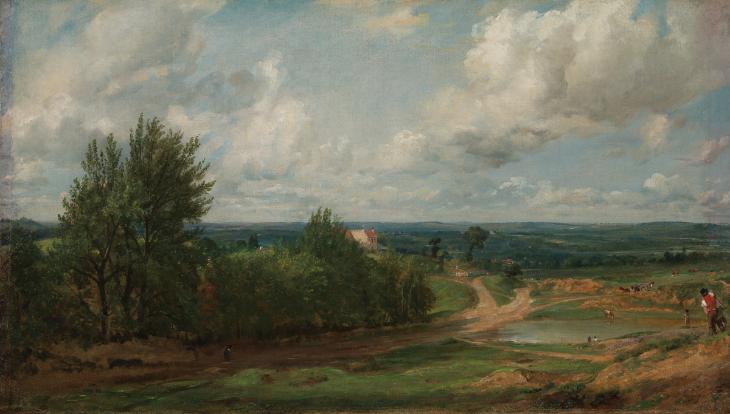
There still wasn’t much in the way of plein air painting for beginners, you still had to carry large easels and lots of other paraphenalia, so when you went out to paint you needed a lot of help from family and friends. This started to change with the invention of portable canvases and easels, so more artists started painting outdoors, especially in France.
When paint tubes were invented in the mid 1800’s, the popularity of painting en plein air increased and by the 1870’s it was very popular with Impressionist artists. Before this, painters had to make their own paints by grinding and mixing dry pigment powders with linseed oil, a much more laborious and messy process, and very difficult to transport.
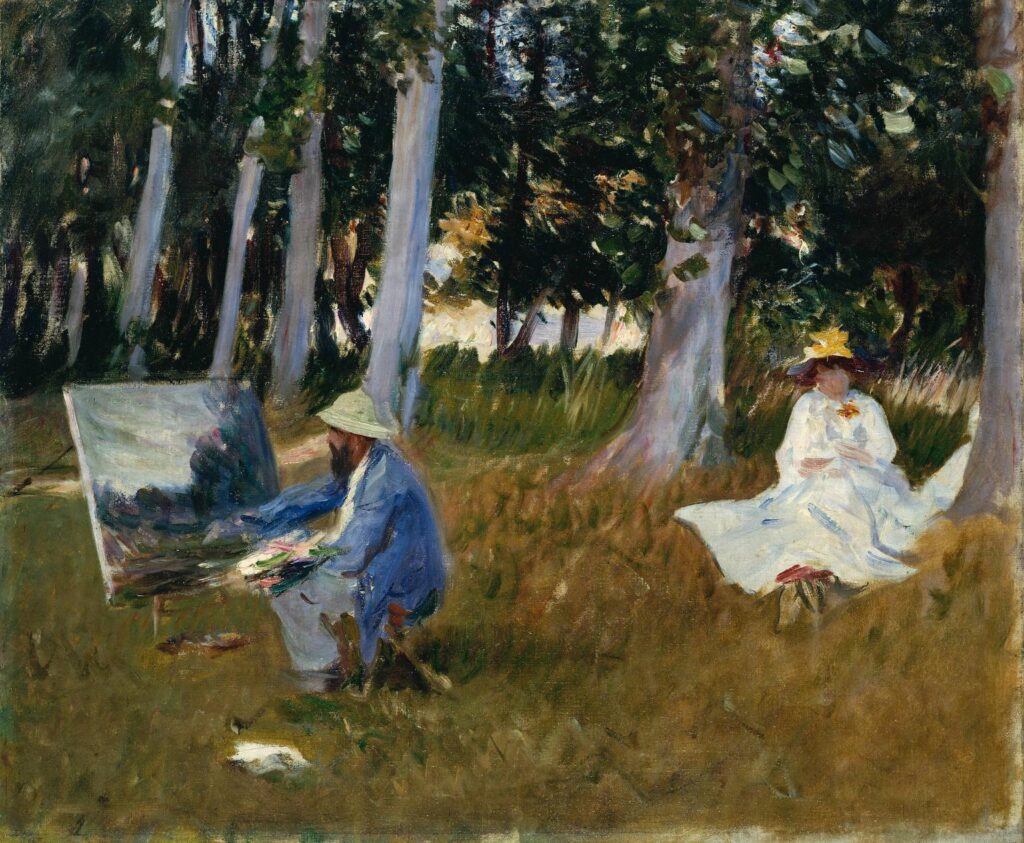
Among the first artists to use paint tubes for plein air painting were the Impressionists such as by Claude Monet, Auguste Renoir, Edgar Degas and Paul Cezanne, who loved to capture more accurate colors and light. They mostly painted landscapes and scenes of everyday life, so plein air painting (en plein air), meant their compositions were more spontaneous and lively. By the later decades of the 19th-century, more and more artists were painting outdoors.
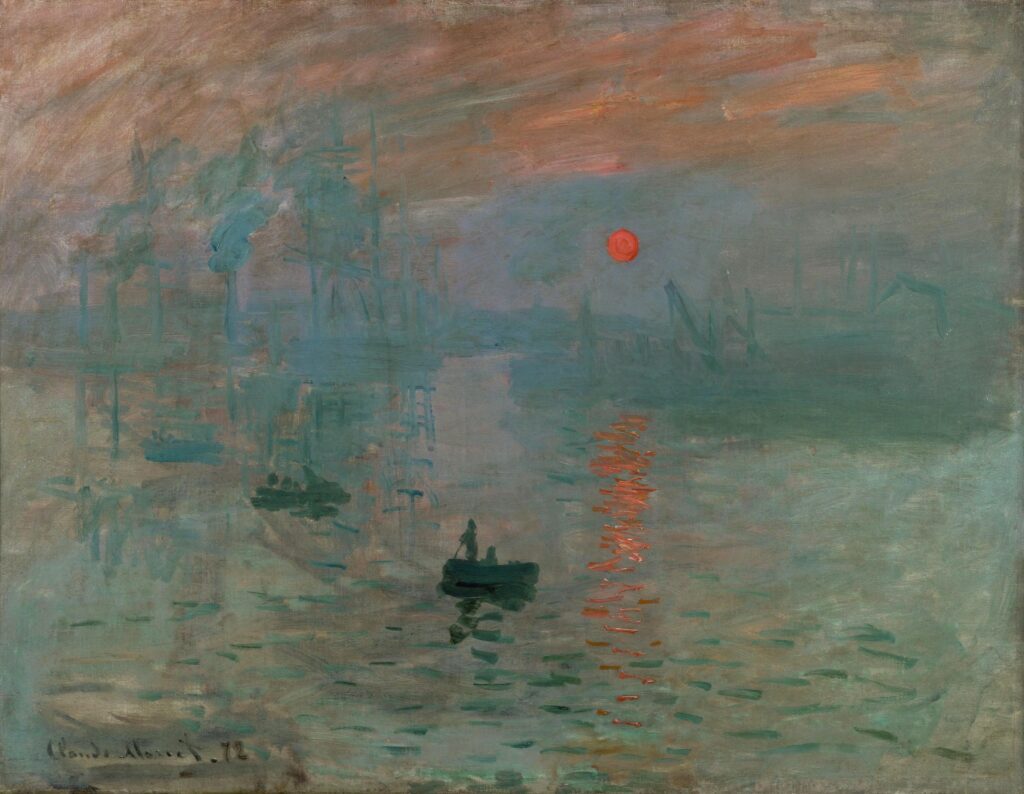
As well as the Impressionists in France, there were other groups who embraced plein air painting. The Macchiaioli were a group of Italian painters active in Tuscany in the second half of the nineteenth century. They chose to break away from the Italian academies of art, and began painting their canvases outdoors in order to capture natural light, shade, and colour. Around the end of the 19th century, the Newlyn School in England also embraced plein air painting.
Plein air painting soon spread to other parts of the world. In the second half of the 19th century and beginning of the 20th century, Russian artists such as Isaac Levitan, Valentin Serov, and Konstantin Korovin were painting en plein air.
In the USA, there were many artist groups such as the American impressionists, and the Old Lyme school, who primarily painted en plein air. Some of the more well-known artists during this era included Guy Rose, Mary Cassatt, Edgar Alwin Payne, Mary DeNeale Morgan, William Wendt, and John Henry Twachtman.
In Australia in the 1880s and 1890s, Arthur Streeton, Frederick McCubbin, Tom Roberts were also committed plein air artists. In Canada in the 1920s, the Group of Seven and Tom Thomson were painting outdoors.
Plein Air Painting for Beginners: How to Get Started
My Plein Air Painting Techniques: 16 Tips For Plein Air Painting Success
I first discovered plein air painting for beginners when I moved to California. I absorbed as much as possible from all the plein air artists I have already mentioned, and many more. Over the years I bought every plein air easel, pochade box, lightweight tripod and as many other lightweight painting materials and supplies as were available. To save you time and expense, I have reviewed many of them for you so you can decide as you take up plein air painting for beginners, which one will work best for you.
For those of you who are interested in trying the art of plein air painting for beginners, and unlocking your creativity outdoors to capture vibrant colors and natural light, read my 16 tips for plein air painting success.
With a focus on landscapes and everyday scenes, plein air painting allows for a spontaneous and lively approach to your compositions. My tips will definitely save you a lot of time, frustration, and money!
You will discover everything from which equipment and supplies to buy depending on whether you are painting close to home or much further afield, to learning my personal alla prima approach to plein air painting, and the challenges of painting en plein air and how to overcome them.
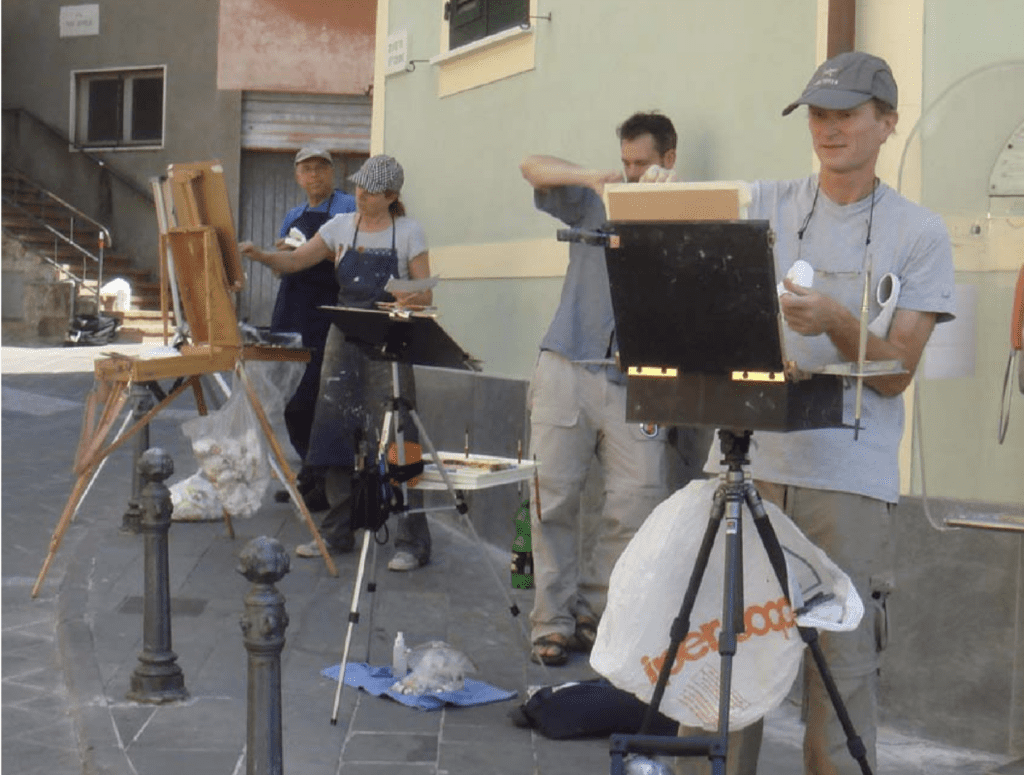
Thank You
Thank you for taking the time to read this article. I hope you find it useful. If you would like to get free painting tips by email, please sign up for my free tips newsletter.
If you are interested in a structured approach for learning how to paint, take a look at my online painting classes.
Happy painting!
Barry John Raybould
Virtual Art Academy
